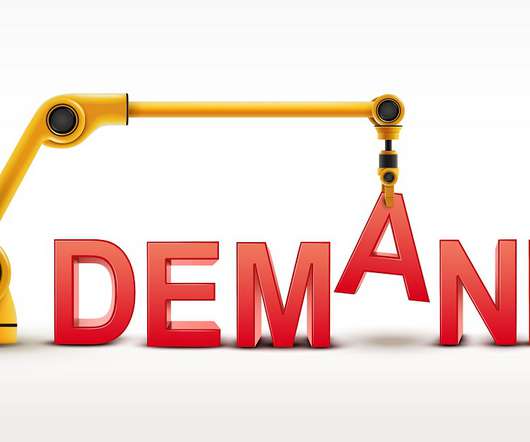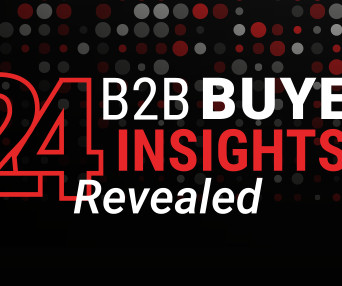Now is the Time to Get Real About Creating Demand
Madison Logic
JUNE 6, 2023
Demand capture can be considered in the buying journey’s mid to lower funnel. It’s important to understand that demand creation and demand capture are two sides of the demand generation coin. B2B marketers need campaigns that move both in-market and out-of-market buyers through the funnel.















Let's personalize your content